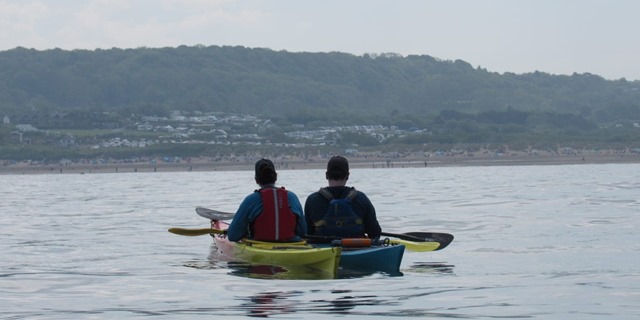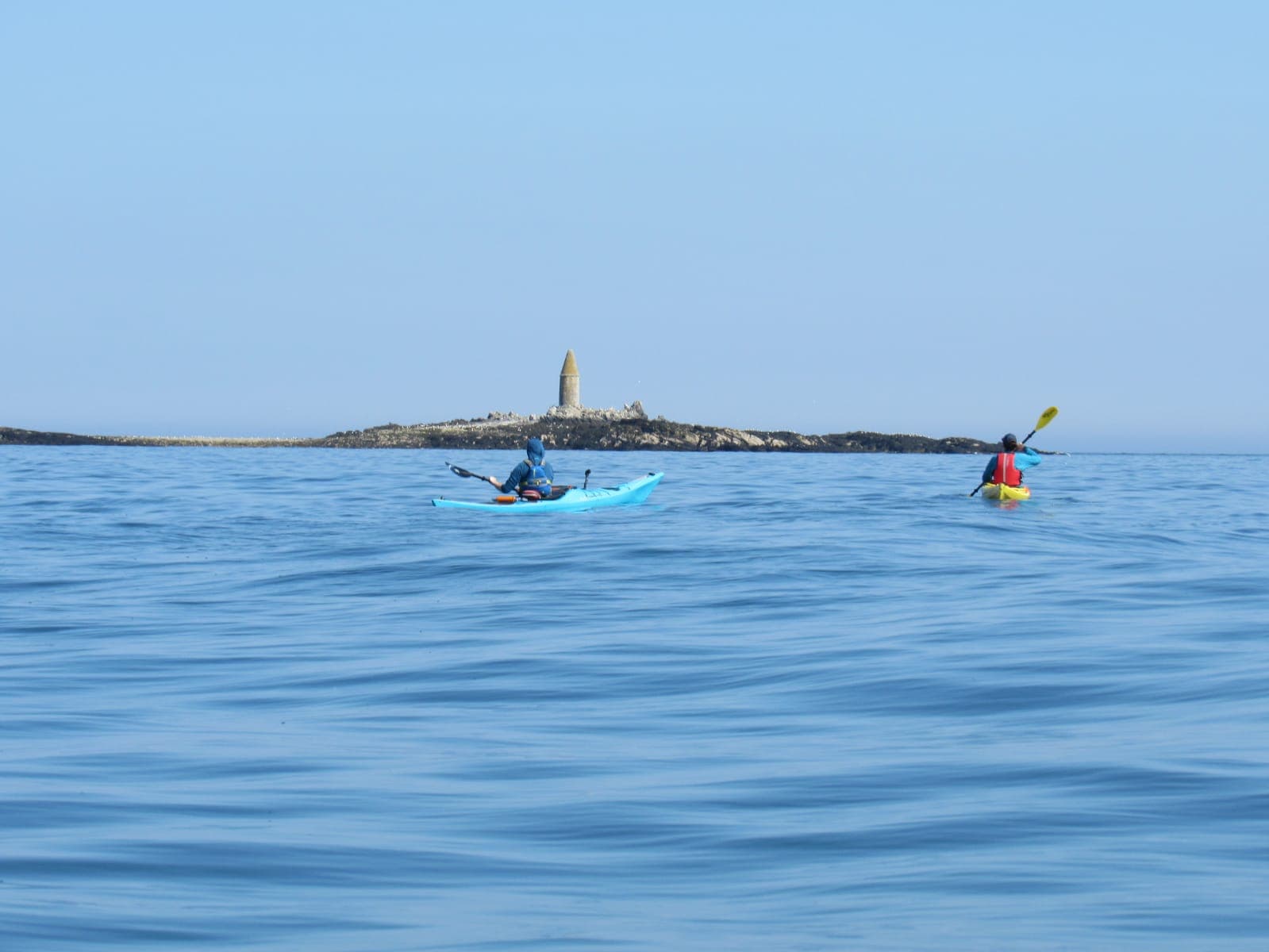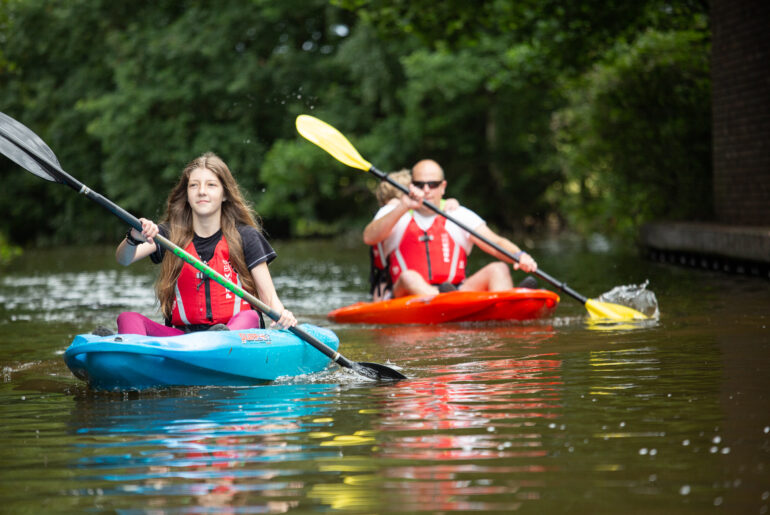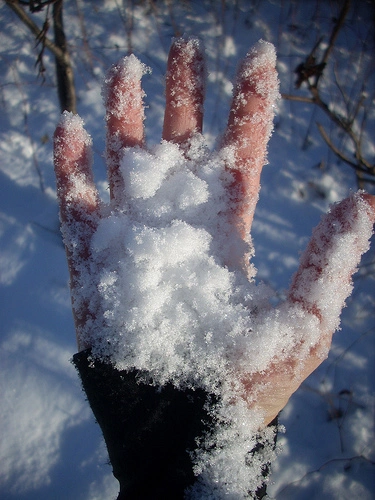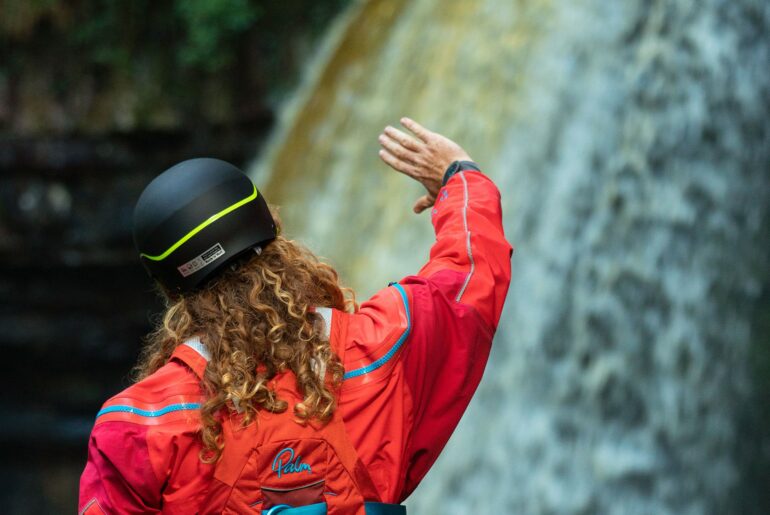Research shows that paddling – either canoeing, kayaking or SUPing – have tremendous physical and mental benefits.
Physical Benefits of Kayaking Include:
Aerobic fitness, strength and flexibility, specifically including:
- Improved Cardiovascular fitness
- Increased muscle strength, particularly in the back, arms, shoulders and chest
- Increased torso and length strength as proper technique includes trunk rotation
- Reduced risk of wear & tear on joints and tissues because it’s a low impact activity
Mental Benefits of Kayaking Include:
- Mood boost. Paddling releases serotonin, dopamine and endorphins which put you in a better mood and improve your self confidence.
- Improved focus & attention span linked to the release of these hormones
- Better memory. Paddling regularly can improve thinking skills and memory
- Better sleep. Paddling can tire you out plus with the release of feel good hormones you’re more likely to get a more peaceful night sleep
Better Sleep, better memory, better focus & improve your self confidence

Preparing for Paddling
For beginners we always suggest;
- Joining a local club where you can get some lessons. Local clubs also can arrange trips and and get you familiar with your local waterways
- Being a competent swimmer is always helpful
- Buy decent kit once. Form a relationship with your local retail shop that will guide you through the kit. Buying cheap often means you have a less enjoyable time on the water.
Basic Kit for Paddling
The basics are listed below but there is a bunch of kit you need for specific types of paddling, IE rescue kit for whitewater paddling, throwlines and towlines, spraydecks etc. But make sure you at least have the below:
- Canoe, Kayak or SUP
- Lightweight & stiff paddle. A paddle made of glass, or carbon is going to be lighter & stiffer than an aluminum or plastic paddle. A lighter paddle is going to reduce fatigue, and a stiffer paddle is going to be a lot more efficient
- A proper buoyancy aid. Peak, Palm & NRS are all paddling manufactures and their BAs are made by paddlers for paddlers. Plenty of floatation to keep you safe & a low profile comfortable fit so you don’t even notice it when you’re on
- Footwear. Who knows what’s at the bottom of the canal, river, lake or sea? Get decent footwear. Neoprene is a good start but make sure it has a stiff thick sole. Water boots are better with a rubber sole, these tend to stick to rocks better
- Clothing. Paddling thermals are made from materials that work well when they’re wet, dry super quick and are breathable & more comfortable to wear. A nice windbreaker over the top of this and you’re good to go.
Buying cheap often means you have a less enjoyable time on the water.
Written by Andy Lees.
Andy has been a paddler for roughly 10 years and started paddling white water rivers as a teenager, mainly in North Wales. Andy started sea kayaking when he met a friend who shared an ambition to sea kayak around the entire of Anglesey one section at a time. This goal was completed over a couple of years as we took the time to really see it, all of it, noodling in all the caves, playing in all the surf spots along the way and watching the wildlife. We now continue to go back to our favorite spots.
